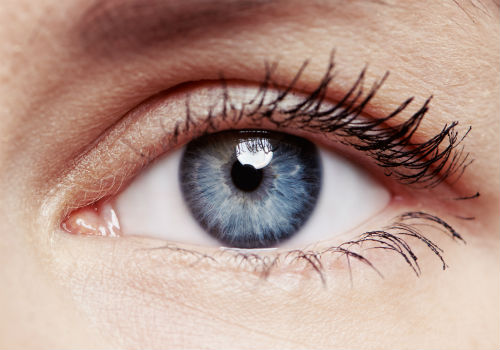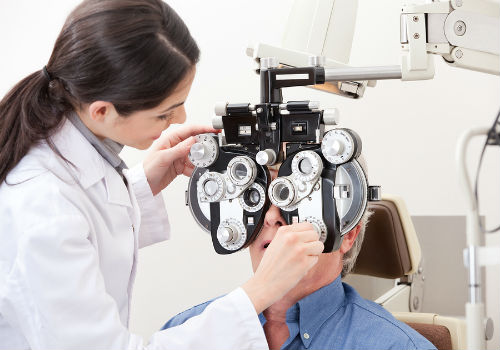Many people avoid going to an eye doctor because they do not want to be told that they need glasses or contacts. Eye exams prove glasses and contacts are needed, but they can be expensive and a hassle to deal with.
Eye exams will not only tell you if you have vision problems now, but the exams can often find developing problems, so the issue can be addressed early before the problem progresses into something harder to treat.
Children and Eye Exams
Children should get their first eye exams before age two: Many doctors recommend taking your child to an optometrist or ophthalmologist six months after birth. The earlier your doctor can detect possible developmental problems with vision, the easier it is to correct the issue.
Poor vision can affect a child’s performance in school. They may have trouble adjusting socially, and untreated or undetected vision problems may adversely affect their self-esteem.
After the initial exam, a child, like an adult, should have an eye exam annually.
Diseases Eye Exams Can Detect
Non-Vision Related Conditions
Eye exams can detect diseases not directly related to vision.
For example, diabetes can be diagnosed after an eye exam. The blood vessels located in the back of the eye will indicate to the ophthalmologist or optometrist if you have diabetes or not.
These blood vessels can also demonstrate to the person examining your eye whether you may have high blood pressure. By carefully looking at the blood vessels in the eye under magnification, compressed or crossed blood vessels indicate your blood pressure is higher than normal.
Dry spots in specific areas of the eye may indicate you may be developing arthritis.
Tumors can develop in eyes and doctors check for this by testing your eye’s response level to different types of brightness.
Some other non-eye related diseases that a vision exam can detect include:
- Multiple Sclerosis
- Cancer
- High Cholesterol
- Strokes
- Thyroid Disorders

Eye Diseases
Eye diseases such as glaucoma will cause blindness if not treated. The only way to tell if a patient has glaucoma is with an eye exam.
The earlier glaucoma is detected, the more chance to treat it and prevent you from going blind.
You need to have an eye exam once every 5 years to ensure that you detect glaucoma early enough.
Digital Eye Strain
Modern technology, such as computers, cell phones, televisions, and video games puts a strain on people’s eyes.
This makes getting regular eye exams even more important.
Blinking
Using these digital devices has changed the way we blink.
Blinking is imperative to the health of the eye. It will free the eye of any debris and nourish it with oxygen. The health of your eye can change depending on your blinking habits.
Staring at a computer screen all day or focusing on a text or tweet on your cell phone tends to lower the number of times you blink.
This can adversely affect your vision in the long term.
An eye exam can detect this and help you develop strategies to avoid this problem.

Sun Damage
Most people will go outside at least once a day to walk their dog or take out the trash. There are also many people who spend hours a day at the beach or playing sports outside.
UV rays not only can cause skin cancer; they can harm your vision also.
UV rays can cause tumors or cataracts to develop.
Detecting these problems early through regular eye exams can save your vision or even your life.
Final Thoughts
Seeing your optician or ophthalmologist at least once, preferably twice, a year is one of the best ways you can ensure that you enjoy good vision and healthy eyes all your life.